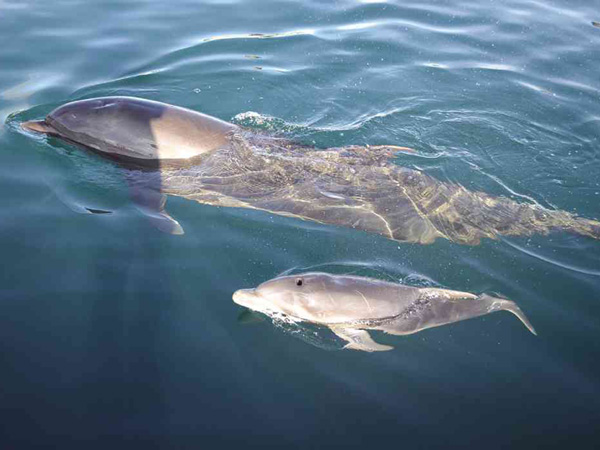Baby dolphin accidentally killed by tourists taking selfies
In a tragic turn of events, a baby dolphin died in a beach in Argentina after being mobbed by unsuspecting tourists for photographs or “selfies”.
According to Argentina newspaper La Capital, several tourists were seen dragging the magnificent creature near the shore in San Bernardino, about 200 miles south of Buenos Aires.
As seen in a blurry video posted by local media C5N on Twitter, the overzealous beachgoers huddled around the seemingly immobile baby dolphin, touching and petting it. Several witnesses even claimed that others stood above and kneeled around the small creature, the report said.
Otra vez mataron a un delfín en San Bernardo. Sacaron al animal del mar para sacarse fotos. pic.twitter.com/4qzYnWvKiH
— C5N (@C5N) January 23, 2017
“They let him die,” one observer told La Capital, as relayed by National Geographic. “He was young and came to the shore. They could have returned him to the water—in fact, he was breathing. But everyone started taking photos and touching him. They said he was already dead.”
Article continues after this advertisementMeanwhile, the unfortunate ordeal is not the first time a hapless sea creature lost its life due to unruly tourists, as another young dolphin also passed away due to similar circumstances last year. The poor animal was reportedly passed around multiple times until it died of dehydration.
Article continues after this advertisementIn a separate report, National Geographic addressed the impact of today’s social media to tourists and the need to document such encounters—which oftentimes become harmful for different forms of wildlife.
“Social media has changed the landscape, making exotic animals seem adorable and acceptable, but what you don’t see is the suffering that lies behind the images,” the journal wrote.
Furthermore, such images and videos put the animals at risk by heightening their appeal as pets. Selfie-taking with the animals can also be potentially hazardous to humans, as the practice can lead to the impression that it’s safe to approach these animals in the wild. Khristian Ibarrola/rga
